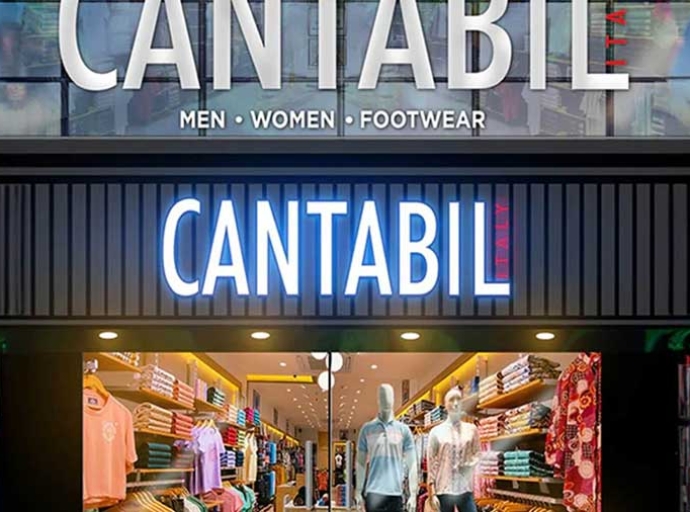D2C Fashion Brands Take on the Retail World: A new era in customer experience

23 December 2024, Mumbai
The retail landscape is undergoing a dramatic shift as digitally native, direct-to-consumer (D2C) fashion brands are venturing offline, opening physical stores across the country. Born in the digital realm, these brands are now embracing brick-and-mortar to engage with customers in a more tangible way, offering experiences that blend the convenience of online shopping with the tactile satisfaction of traditional retail.
Market size and growth potential
The D2C fashion market in India is booming. According to a report by Avendus Capital, the market is expected to reach $100 billion by 2025, growing at a CAGR of 25%. This expansion is fuelled by increasing internet penetration, smartphone usage, and a growing preference for personalized shopping experiences.
|
Market Segment |
2021 Market Size (USD Billion) |
2025 Projected Market Size (USD Billion) |
CAGR (%) |
|
D2C Fashion |
$44.60 |
$100 |
25 |
Source: Avendus Capital
By opening physical stores, D2C brands can tap into a larger market, including consumers who prefer to touch and feel products before purchasing or those who value the immediate gratification of taking their purchases home.
Consumer reception and unique value proposition
Consumers are responding positively to the emergence of D2C brand stores. These brands offer several differentiating factors that set them apart from traditional established brands:
• Unique brand identity: D2C brands often cultivate a strong brand identity and community, fostering a sense of belonging among their customers. They leverage social media and influencer marketing to build authentic connections.
• Personalized experiences: Many D2C brands offer personalized styling advice, curated collections, and exclusive in-store events.
• Focus on sustainability and ethical practices: Many D2C brands prioritize sustainable materials, ethical production, and transparent supply chains, appealing to the growing segment of conscious consumers.
• Omnichannel strategy: D2C brands seamlessly integrate their online and offline channels, offering features like click-and-collect, online returns in-store, and personalized recommendations based on online and offline purchase history.
Should established brands worry?
While established brands still hold a dominant position in the market, they cannot afford to ignore the rise of D2C brands. To remain competitive, they need to adapt and innovate; enhance customer experience, embrace digital transformation and adopt sustainable practices
Presence in retail spaces
D2C brands are strategically establishing their presence in key retail locations in Malls for high footfall as malls provide excellent visibility and access to a wide customer base, High Streets to set up flagship stores building brand image and cater to a discerning clientele and Specialty Retail forcatering to the niche segments
A recent study by ANAROCK Retail revealed that D2C brands accounted for 15% of new leases in prime malls in the first half of 2023, indicating their growing prominence in the retail sector.
Looking ahead
The rise of D2C fashion brands in the offline retail space marks a significant shift in the industry. By offering unique experiences, personalized services, and a strong focus on customer engagement, these brands are redefining the future of retail.
Latest Publications

































